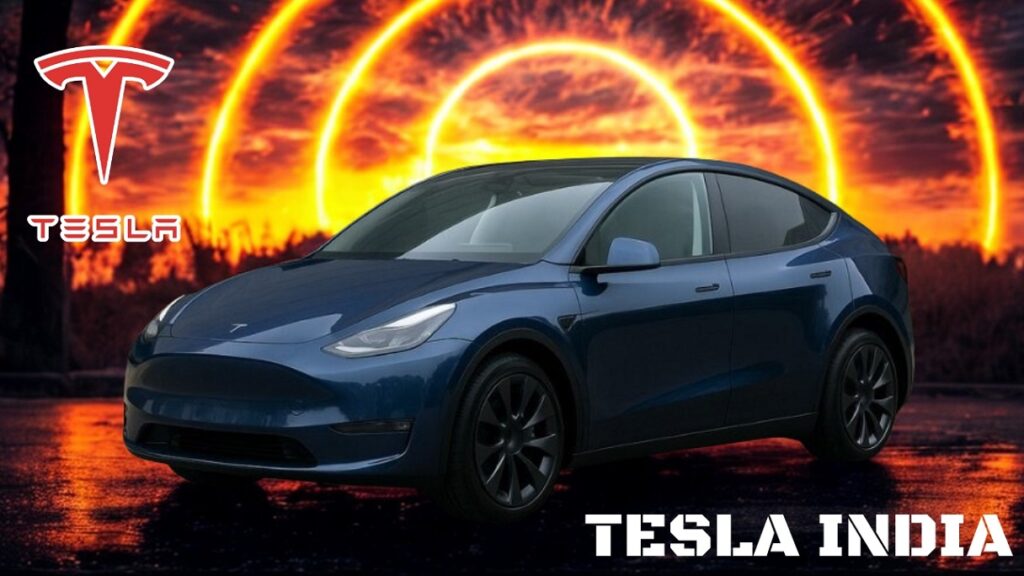Tesla—a brand name that has come to be identified with electric drives and future cars—has had automobile enthusiasts and tech buffs worldwide dreaming about it for years. But now, the buzz is not about Tesla alone—it is about Tesla India. Following decades of rumor, speculation, and talks, Tesla’s entry into the Indian market has become one of the most anticipated moves in the international EV arena.
In a nation that is full of possibility and environmental necessity, Tesla’s arrival would be a turning point not only for the auto sector but also for how India will conceptualize its future clean energy landscape.
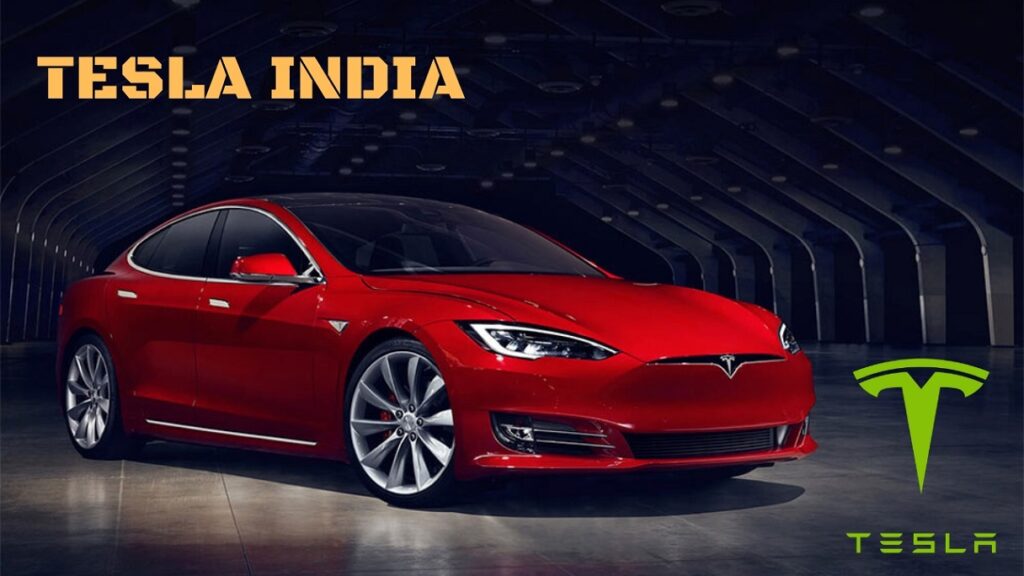
The Road to India: A Long Time Coming
Tesla’s interest in India isn’t new. Elon Musk has teased Indian audiences since as early as 2016. However, discussions around local regulations, import duties, and infrastructure readiness delayed any concrete move.
In 2021, Tesla registered its Indian entity—Tesla India Motors and Energy Pvt Ltd—in Bengaluru, Karnataka, which marked the official entry point. Despite initial momentum, the pace of market entry was cautious, primarily due to:
- High import duties (as much as 100% on imported cars)
- Insufficient EV charging infrastructure
- Ambiguous EV policies in various states
But things began to change a lot in 2024, as Indian government bodies got used to Tesla’s push for lowering import duties and clarity at the policy level. Fast forward to 2025—Tesla India is no longer speculation; it’s a market reality in the making.
Why Tesla India Matters
India is among the biggest auto markets globally, but the adoption of EVs is slow in comparison with countries like China or Europe. Tesla’s arrival might:
- Attract international attention to India’s EV space
- Get investors into infrastructure
- Make other international automakers invest
- Force local players to innovate quicker
Additionally, Tesla’s high brand value can initiate a cultural change in Indians’ thinking towards electric vehicles—not as compromises but as desirable goods.
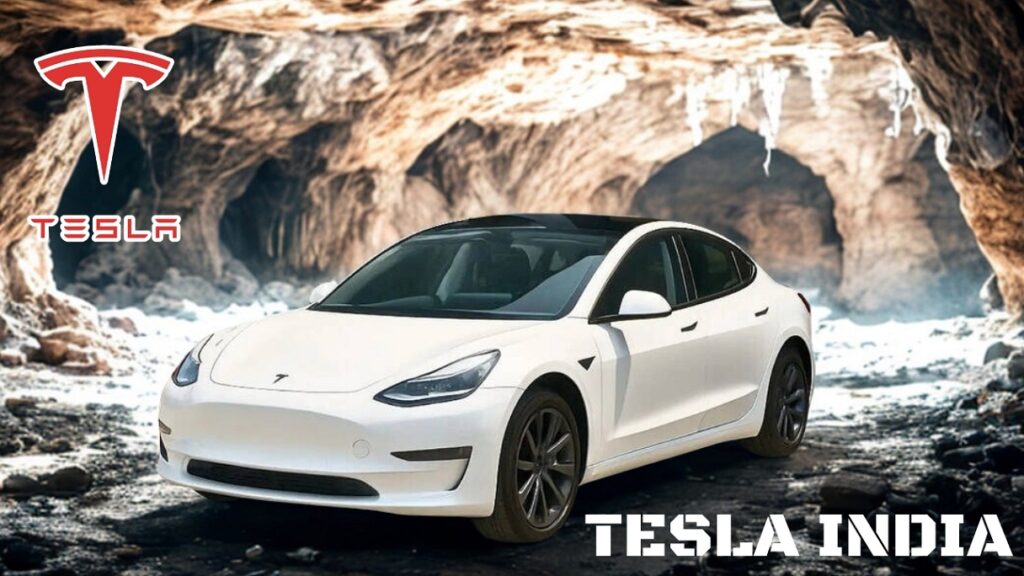
Models Expected in India
Tesla is expected to debut with Model 3 and Model Y, the most affordable and globally popular vehicles in its lineup. Here’s a quick comparison:
| Model | Price Estimate (INR) | Range (KM) | 0-100 km/h | Segment |
|---|---|---|---|---|
| Tesla Model 3 | 45 – 55 Lakhs | ~500 | 5.6 sec | Sedan |
| Tesla Model Y | 55 – 65 Lakhs | ~525 | 5.0 sec | Compact SUV |
These models balance performance with practicality—a smart choice for urban Indian consumers.
Local Manufacturing vs Imports
One of the most important milestones in Tesla India’s journey may be opening a manufacturing unit. There are reports that Tesla is looking to choose factory sites in Maharashtra and Gujarat. Domestic production would benefit:
- Lower costs (by not paying high import duties)
- Become eligible for government subsidies
- Allow export to neighboring Asian and Middle Eastern countries
This also fits with the Indian government’s Make in India and Atmanirbhar Bharat programs, adding further strength to Tesla’s vision for the long term.
Charging Infrastructure: The Key Challenge
Tesla’s success rests on more than automobiles. A supercharger network is necessary to cover range anxiety and facilitate adoption. India’s current EV infrastructure is limited, particularly beyond Tier-1 cities.
Tesla India will roll out:
- Tesla Superchargers in metro cities
- Destination chargers in malls and hotels
- Smart navigation and integration with charging apps
If done optimally, this can serve as a catalyst for widespread EV infrastructure growth in India.
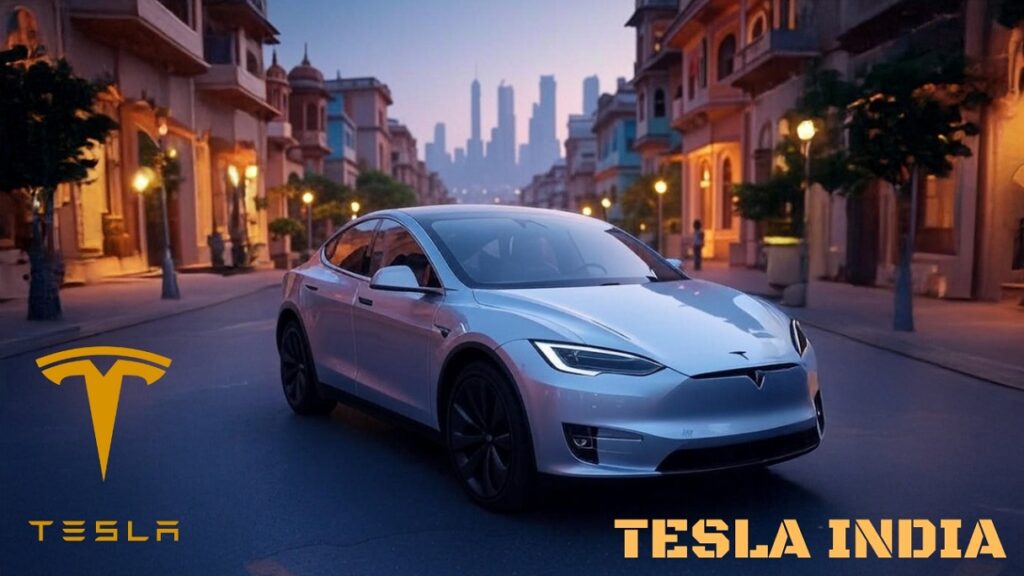
Environmental Impact and Vision Alignment
India has committed to achieving net zero emissions by 2070. The transportation industry is one of the biggest contributors to emissions, and EVs are an important contributor to cutting carbon emissions.
Tesla’s vision—”to accelerate the world’s transition to sustainable energy”—resonates “strongly with:
- India’s climate ambitions
- Drive for renewable energy
- National Electric Mobility Mission Plan (NEMMP)
Also, Tesla’s energy business (Tesla Energy) is likely to introduce solar solutions and battery storage technology to India in the future, enhancing sustainability further.
Market Competition: How Tesla Compares
| Brand | Popular Models | Price Range (INR) | Key Strength |
| Tata Motors | Nexon EV, Tigor EV | 10-17 Lakhs | Affordable, widespread reach |
| Hyundai | Kona Electric, Ioniq | 23-30 Lakhs | Tech and comfort |
| BYD | Atto 3, e6 | 30-35 Lakhs | Long range, premium feel |
| Tesla (upcoming) | Model 3, Model Y | 45-65 Lakhs | Brand value, tech leadership |
Tesla won’t directly compete with affordable EVs, but it creates a new standard of quality, design, and software integration in India’s EV market.
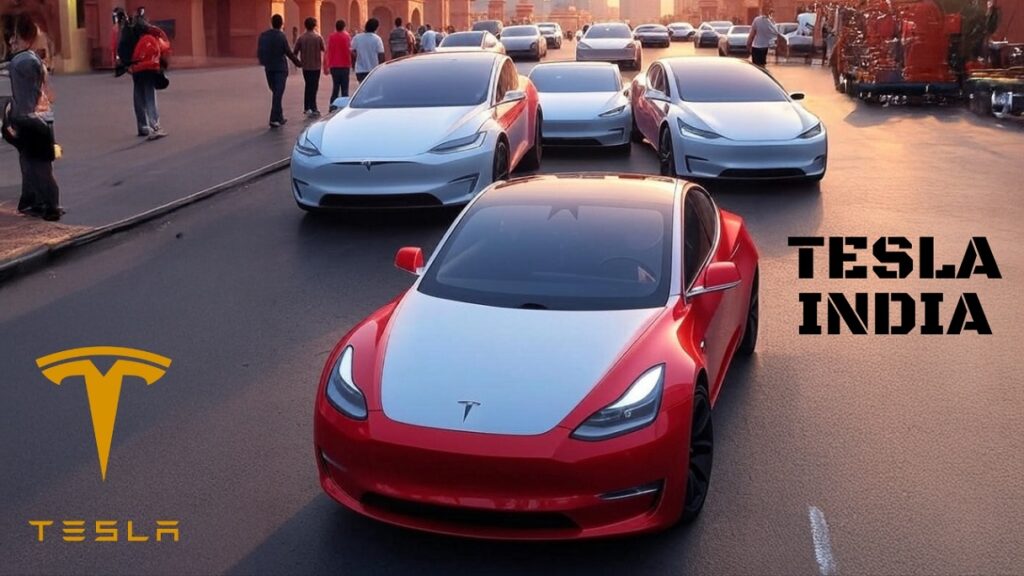
What Sets Tesla Apart?
- Autopilot and AI: Tesla’s semi-autonomous capabilities are cutting-edge, although India’s regulatory landscape will restrict full use initially.
- Over-the-air updates: Tesla cars get better over time through software—the automotive technology game-changer.
- Design minimalism: Indian consumers are slowly embracing the modern look.
- Tesla App: Intuitive phone integration—for locking, charging, and climate control.
Cultural and Psychological Transition
Tesla isn’t just a car—it’s a mindset. Owning one in India will likely become a symbol of:
- Environmental stewardship
- Techno-savviness
- Global interconnectedness
For India’s urban youth in increasing numbers, Tesla can become as iconic as Apple for smartphones.
Voices from the Ground: What Indian Consumers Say
- Ravi K., Bangalore: “I’ve been waiting for Tesla for 4 years. It’s not just about a car; it’s about what the brand stands for.”
- Simran M., Delhi: “The infrastructure is a worry, but if anyone can solve it, it’s Tesla.”
- Ankit R., Pune: “If Tesla makes it in India, I’ll buy it. The cost has to be realistic for Indian pockets.”
These emotions will only be in the cadence of cautious optimism—tempered excitement with practical concerns.
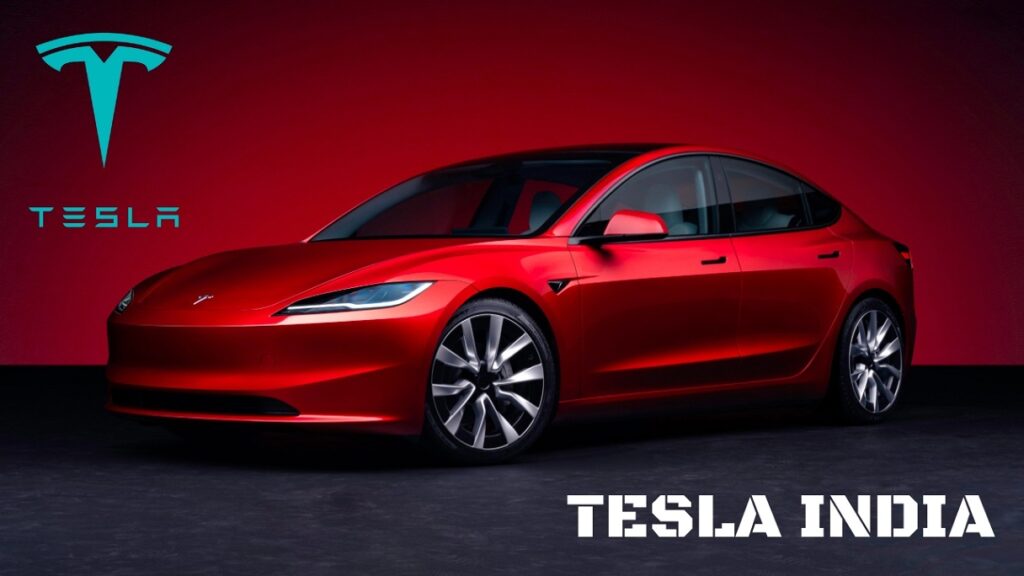
Final Thoughts: Will Tesla India Succeed?
The success of Tesla India depends on a variety of factors:
- Favorable policy decisions
- Local production capability
- Infrastructure development
- Pricing strategy
- Consumer education and trust
The pace of developments in 2025 has placed Tesla on a strong footing. It may take some time, but the presence of Tesla will undoubtedly accelerate India’s transition to cleaner, smarter mobility.

